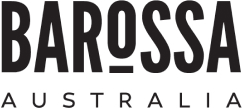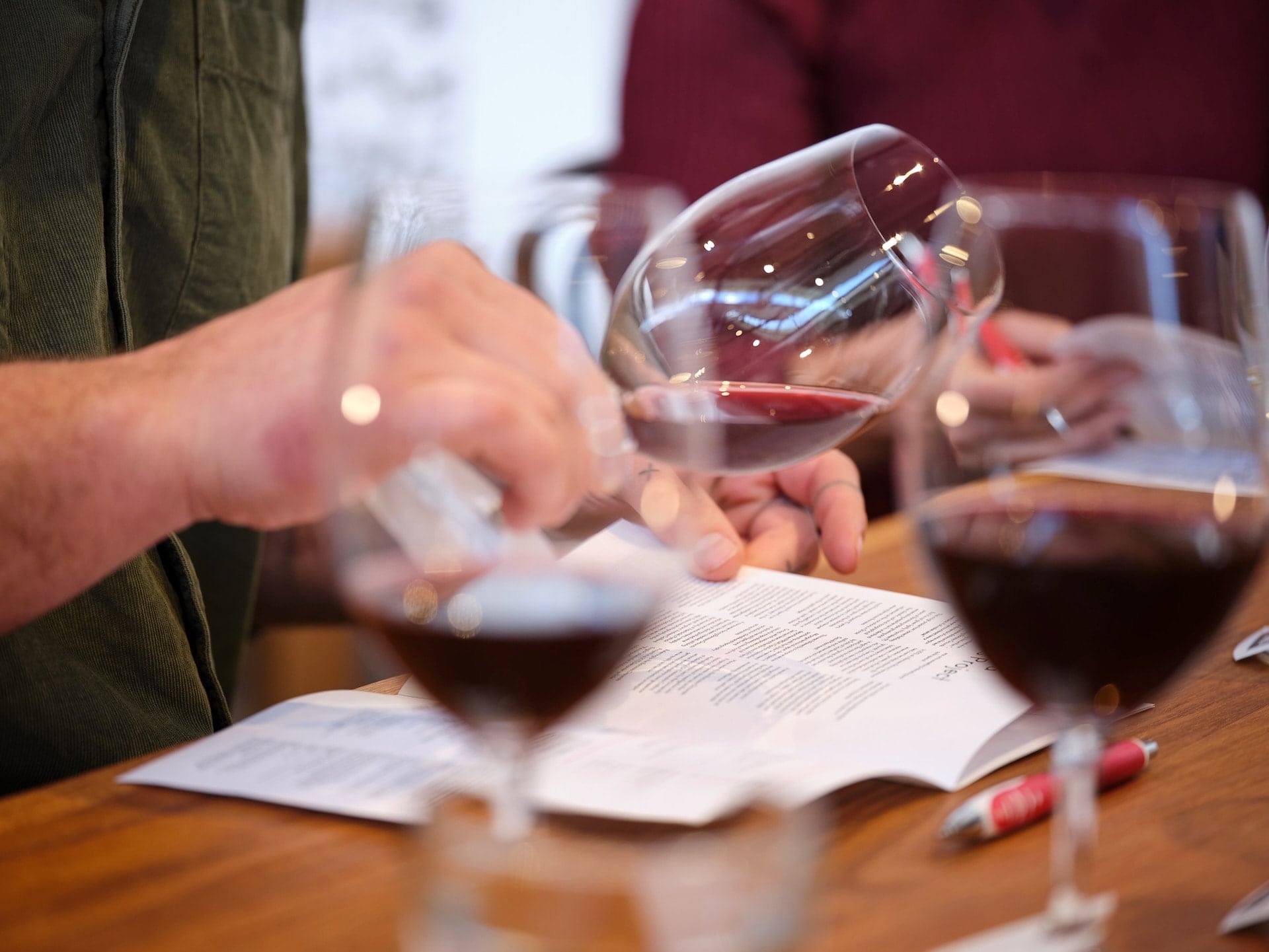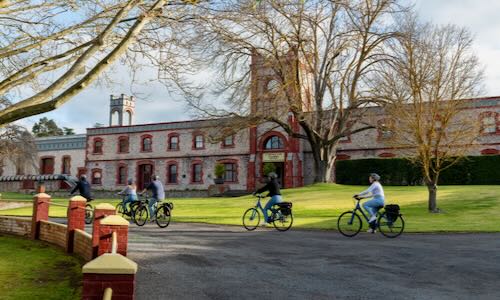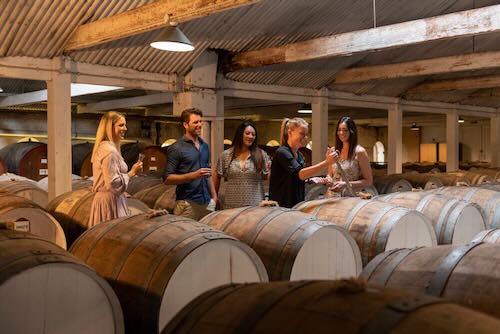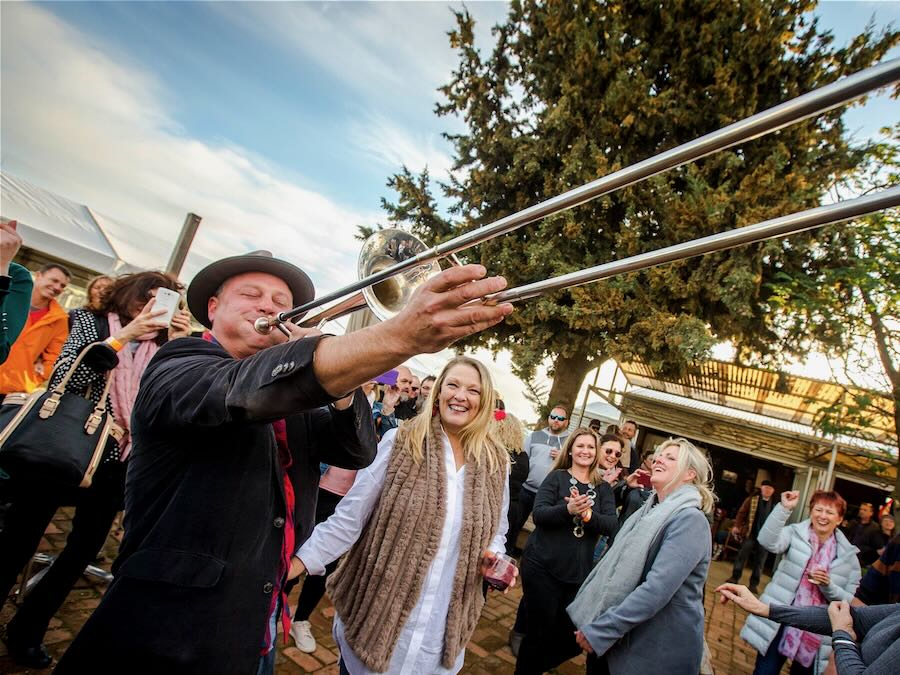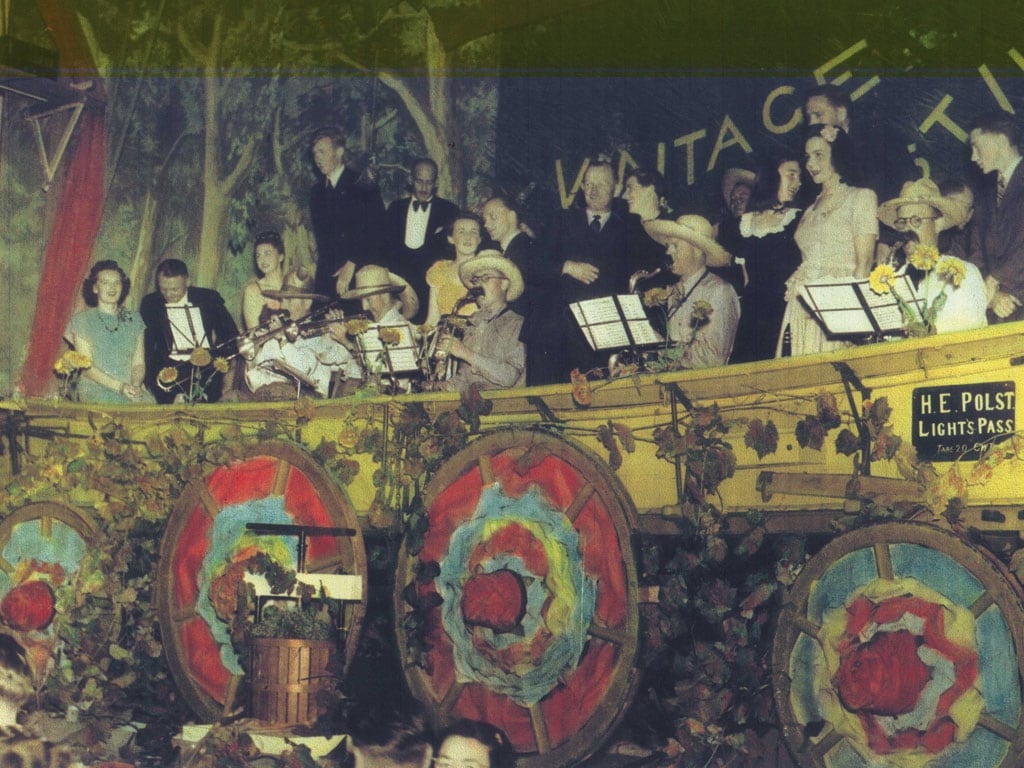Compiled by Barossa Australia in partnership with Louisa Rose and Brooke Howell of Hill Smith Family Estates
Barossa’s 2023 vintage was 3-4 weeks later than the ‘new normal’ of the past 20 years. Similar to, but even later than, 2002.
Due to a combination of Negative IOD and La Niña climatic patterns, Barossa’s spring rainfall was one of the wettest on record, with an additional 131% more rain than the long-term average. Barossa experienced 53 rain days in Spring. Overall, the growing season saw average soil moisture and strong budburst.
As well as flooding some low-lying vineyards, the constant winter rain created some Downy Mildew disease risk. Fortunately, the majority of Barossa growers had diligent spray programs. Happily, the rain caused run-off into most Eden Valley dams this season – for the first time in many years.
The summer rain predicted didn’t fall in Barossa, receiving only 43mm (or 56%) of the average. Summer days were sunny, both maximum and minimum temperatures average. There were no summer heatwaves. Only 32 days above 30C (and 13 days above 35C) for the entire summer. With this and large canopies, veraison did not occur in many varieties until Feb (usually Jan).
Harvest eventually started in early March for some lighter white crops, but not until the middle of March for even the earliest red sites and varieties. For example, Shiraz usually harvested in mid-Feb, was picked early- to mid-March. March and April were relatively fine, but a few rainfall events caused some disease pressure, keeping both growers and winemakers on their toes with crop management and picking dates.
More than 50% of the harvest was yet to be harvested after Easter, and some later sites and varieties not till May. There was no Barossa Vintage Festival fun for Barossa growers and winemakers! Yields varied across the region. Wine Australia’s National Vintage Report revealed the total 2023 yield from Barossa vineyards was slightly above average at 73,160 tonnes. The hard work needed in the vineyard for the 2022/23 season paid off. Reds have intense, rich and balanced flavours and colours; whites have lovely aromatics, finesse and great natural acidity. An early standout is Cabernet Sauvignon.
Sustainability surged across Barossa in 2023
For vintage 2023, Barossa vineyards and wineries participating in Sustainable Winegrowing Australia grew significantly to 143 members (121 vineyards and 22 wineries), an increase of 41 members in 12 months.
The 143 members account for 8717 Barossa vineyard hectares under SWA membership, up 2787 Ha in the past 12 months (total area under vine in Barossa is approx. 14,000 Ha). 49 Barossa SWA members are now third-party audited and certified, up 36 members since last year.
The 40% increase in SWA membership and 277% increase in SWA certified membership is in part due to the support of Barossa Australia members via a $100,000 NLP Smart Farms grant shared with AWRI and three other SA wine regions, enabling training sessions at The Barossa Cellar and one-on-one assistance from local viticulturists.

